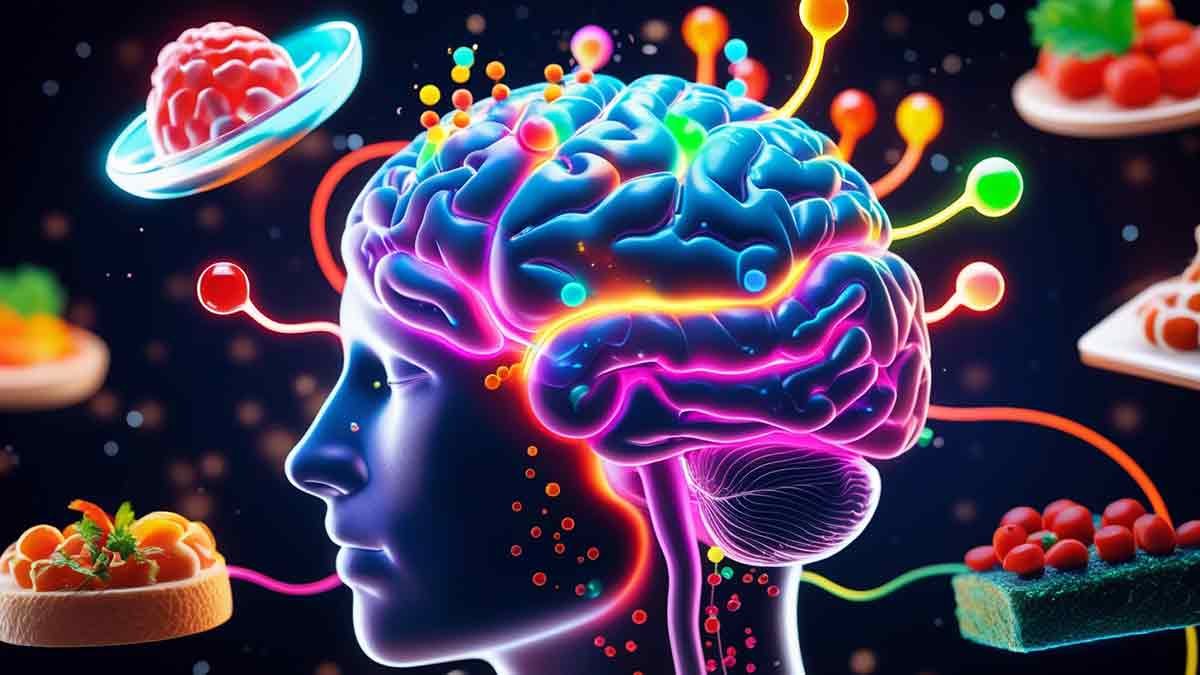
The Science of Flavor and Taste
How Your Brain, Body, and Culture Shape What You Crave
Flavor isn’t just about what’s on your plate. it’s a symphony of biology, chemistry, and psychology. From the crunch of a potato chip to the lingering heat of chili, every bite is a journey through your senses. In this deep dive, we’ll unpack how taste buds, smell, and even sound conspire to create the flavors you love (or hate).
What Is Flavor? Understanding Taste vs. Flavor
While “taste” refers to the five basics detected by your tongue (sweet, salty, sour, bitter, umami), flavor is a multisensory experience. It blends:
- Taste: Signals from your taste buds.
- Smell: Retronasal olfaction (aroma traveling from your mouth to nose).
- Touch: Mouthfeel and trigeminal response (e.g., spiciness or carbonation).
Fun Fact: 80% of perceived flavor comes from smell—which is why food tastes bland when you’re congested.
2. The Five Basic Tastes: Beyond Sweet and Salty
Your tongue’s receptors identify:
- Sweet (energy-rich foods).
- Salty (electrolyte balance).
- Sour (acidic or fermented items).
- Bitter (often linked to toxins—why kids hate broccoli!).
- Umami (savory depth in foods like tomatoes, Parmesan, or soy sauce).
Supertasters (25% of people) experience these tastes more intensely due to extra taste buds.
How Smell Influences Taste: The Role of Olfaction
Your nose detects thousands of aroma compounds, while your mouth only handles five tastes. Ever noticed how coffee smells rich but tastes bitter? That’s orthonasal olfaction (smelling externally) vs. retronasal olfaction (aromas released while chewing).
The Trigeminal Nerve: Why “Spicy” Isn’t a Taste
Chili’s burn or mint’s coolness isn’t a taste—it’s a trigeminal response. This nerve detects pain, temperature, and texture, explaining why wasabi feels “hot” and fizzy drinks “tingle.”
Cultural and Psychological Factors in Flavor Preferences
From Japan’s love of umami to Mexico’s chili-lime cravings, ethnic flavor terroir shapes regional diets. Psychology also plays a role: comfort foods trigger dopamine, while negative memories create taste aversions (e.g., avoiding a dish you ate before getting sick).
How to Train Your Palate: Enhance Flavor Detection
Boost your tasting skills with:
Molecular Gastronomy: Science Meets Culinary Art
Innovators like Heston Blumenthal use flavor encapsulation (trapping aromas in edible shells) or liquid nitrogen to create dishes like “hot-and-cold” ice cream. It’s culinary neuroaesthetics—designing flavors that thrill the brain.
Why Flavor Science Matters: From Health to Happiness
- Chrononutrition: Timing affects flavor perception (e.g., bitter coffee tastes better in the morning).
- Flavor masking: Pharma uses sweeteners to hide bitter drugs.
FAQ: Quick Science-Backed Flavor Hacks
- “Why does cilantro taste like soap to some people?”
→ A genetic variant in olfactory receptors. - “Can sound really change flavor?”
→ Yes! High-pitched tones enhance sweetness (try eating strawberry gelato while listening to flute music).
Conclusion: Flavor Is Your Superpower
Understanding flavor science lets you cook smarter, eat mindfully, and even hack cravings. Ready to experiment? Try a “flavor tripping” party with miracle berries (they make sour foods taste sweet!) or pair dark chocolate with starchy foods to amplify umami.
“Share your weirdest flavor combo in the comments—we’ll science it out for you!”